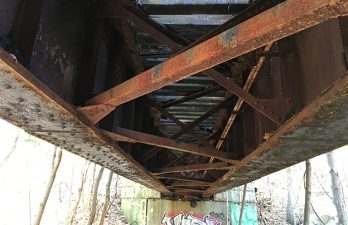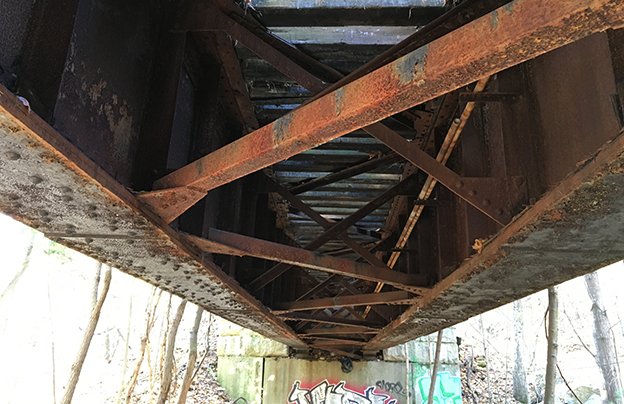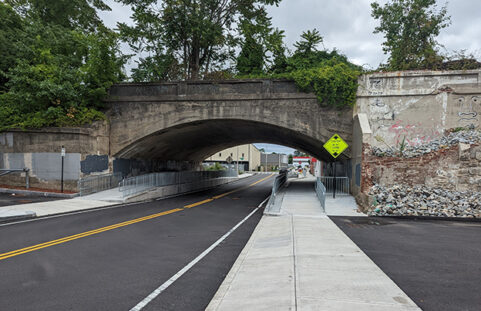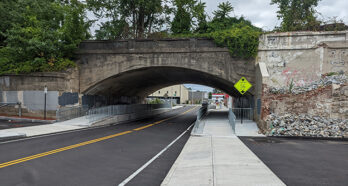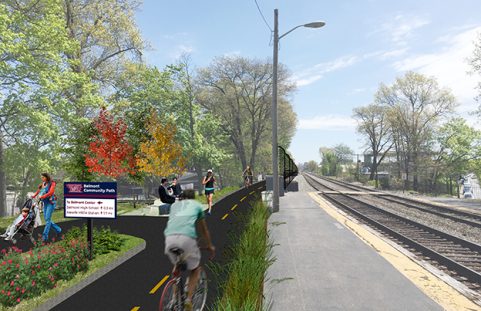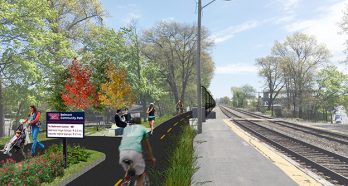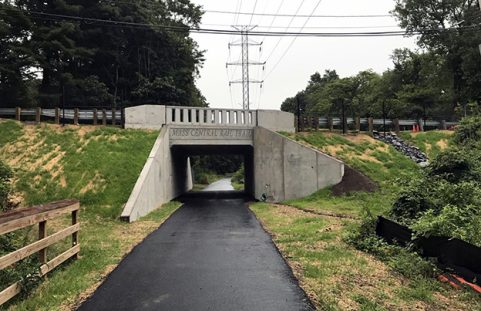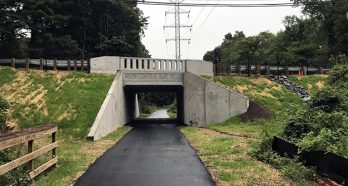Nitsch provided structural engineering services associated with the load rating of a built-up steel girder bridge with an open deck of timber railroad ties. The existing bridge was located on private property and did not carry vehicular traffic. When Seaboard Solar constructed a solar farm on the property, the bridge was evaluated to determine its ability to provide access for emergency vehicles. Due to the poor condition of the existing timber decking, a new reinforced concrete deck needed to be constructed prior to the bridge’s use for vehicular access.
Since there were no existing plans for the bridge, Nitsch’s land surveying team used a Leica P40 scanner to perform a bridge scan survey. The scan data was used to prepare AutoCAD drawings that detail structural components and dimensions for use in the load rating.
Using these drawings and noted existing conditions identified and measured during a site visit, the load rating of the superstructure was prepared for statutory and HL-93 vehicle loads using Massachusetts Department of Transportation (MassDOT) Load and Resistance Factor Design (LRFD) standards. Special care was taken to account for capacity reductions due to section losses and ineffective structural components caused by deteriorated rivets. After using the AASHTOWare Bridge Rating (BrR) software to model the bridge, a load rating report was compiled and submitted to Seaboard Solar. Once they reviewed the report, Nitsch addressed comments and submitted a final load rating report.
The findings of the load rating report were used to determine the scope of the rehabilitation design during the deck replacement project.
Key Collaborator
Client: Seaboard Solar

